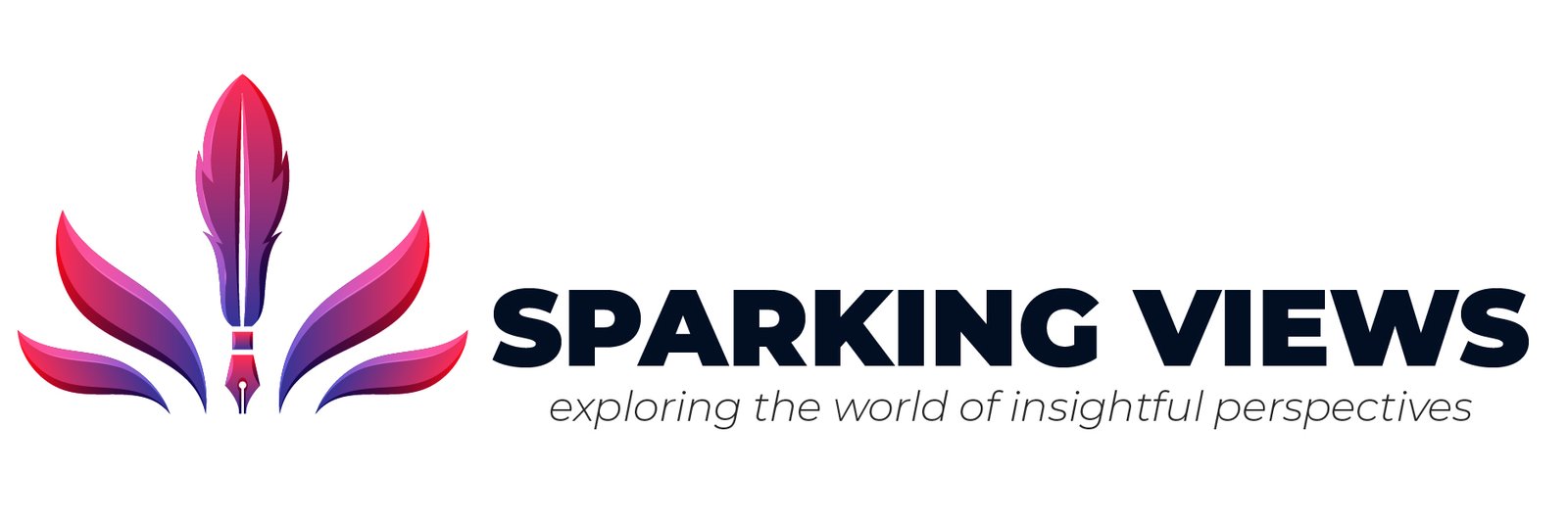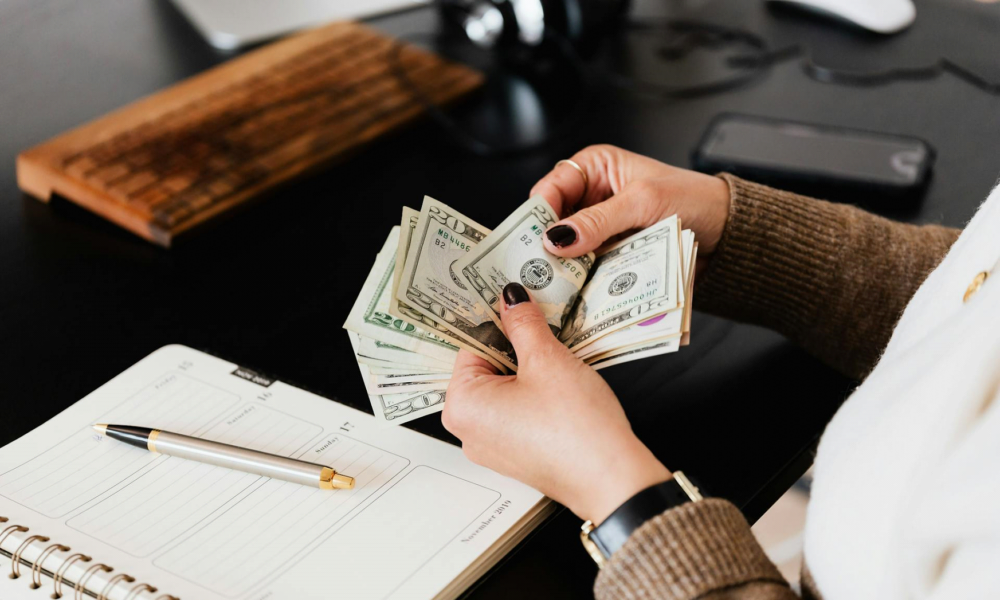Say Goodbye to Debt: Quick and Practical Steps for a Clean Slate
Debt can feel like quicksand—slowly pulling you down with each passing month. The pressure builds. The bills pile up. And before you know it, your financial confidence is gone. But no matter how deep you are, there’s a way out. Now, of course, there are no magic fixes, and there are no complicated systems. You just need to be clear, stay consistent, and commit to a plan.
Here are ten steps you can take today to start your journey toward a debt-free life.
1. Know What You Owe
The first real step to fixing your financial situation is honesty. You can’t pay off debt you don’t fully understand. This means creating a complete list of every debt you owe. Don’t just focus on credit cards—include student loans, medical bills, car payments, and personal loans. Write down the balance, the interest rate, and the minimum payment for each one.
It’s okay if the total feels intimidating. Most people underestimate how much debt they carry until they see it all in one place. But this is your starting point. From here, you can figure out which debts are costing you the most and which ones you can knock out faster.
2. Pay Down Credit Card Debt First
Credit card debt is often the most expensive kind. With high interest rates and minimum payments that barely make a dent, it’s easy to feel stuck. If you can, pay more than the minimum each month on the one with the highest interest rate while maintaining minimums on the rest.
If you’re overwhelmed by multiple cards, a credit consolidation loan might help. This is a type of personal loan that combines your credit card balances into one loan, ideally with a lower interest rate. You then make a single monthly payment, which is often easier to manage. This strategy can simplify your finances and shorten the time it takes to become debt-free—especially if you stop using the credit cards once they’re paid off.
3. Stop Adding New Debt Immediately
Getting out of debt won’t work if you keep adding to it. One of the first behavioral changes you need to make is cutting off new debt. This includes pausing credit card use and avoiding any new financing offers, even if they sound appealing. Delete saved card info from your online accounts, unsubscribe from shopping apps, and stop any unnecessary spending.
This may require some sacrifices, but think of it as a temporary adjustment. Each month you avoid new debt is a month you’re moving forward instead of falling back.
4. Build a Bare-Bones Budget
To start making real progress, you need a budget that supports your goals—not your habits. A bare-bones budget is a temporary, focused plan that trims spending down to just what you need to live: rent, utilities, food, and transportation. Anything outside of that goes toward paying down debt.
This doesn’t mean you never have fun again. It just means shifting your priorities for a few months so you can regain control.
5. Increase Your Monthly Payments Where You Can
Paying only the minimum on your debts will keep you in the hole for a long time. It may feel safe, but it’s not getting you anywhere. One of the fastest ways to make a difference is to pay more than what’s due—consistently. You don’t need to double your payments to see results. Even an extra $50 or $100 each month can shave months or even years off your repayment timeline.
Look for places in your budget where you can redirect money toward debt. Maybe you sell things you no longer use. Maybe you take on a short-term freelance job or side hustle. Maybe you use your tax refund or work bonus instead of spending it. Every little bit counts.
6. Talk to Creditors—You Might Be Surprised
If you’re struggling to keep up, you don’t need to suffer in silence. Many people are afraid to talk to their lenders, but reaching out can actually work in your favor. Companies often have hardship programs, interest rate reduction options, or temporary payment plans. Some may even waive late fees if you ask.
The key is to be proactive. Don’t wait until you’ve missed multiple payments. Call your credit card companies, loan providers, or service lenders and explain your situation. Be clear about what you can afford and what you’re trying to achieve. Most will appreciate the honesty and might be more flexible than you expect.
7. Track Progress and Celebrate Milestones
Debt repayment can feel slow. Some months it may feel like nothing is changing. That’s why tracking your progress is so important. Create a spreadsheet or use a free app to monitor how your balances are going down each month. Seeing the numbers shrink is a great motivator.
Make sure you celebrate those little milestones, too. When you pay off a credit card, take a moment to appreciate it. When you hit the halfway mark on a loan, recognize the effort it took to get there. It reminds you that your hard work is paying off and helps keep your energy up as you move toward your goal.
8. Plan for a Debt-Free Future
Paying off your last debt doesn’t mean your journey ends. It means a new one begins. This is the time to rethink your financial habits and goals. Revisit your budget. Rebuild your credit if needed. Start saving intentionally—whether it’s for a home, retirement, or future emergencies.
Set new priorities that reflect the freedom you’ve earned. Automate your savings. Stay mindful of your spending habits. The choices you make now can help ensure you never fall back into the same patterns that caused debt in the first place.
9. Being Debt-Free leads to Financial Freedom
The path to financial freedom starts with clarity, discipline, and small, consistent steps. Getting out of debt takes time, effort, and honesty, but the peace that comes with financial freedom is worth it. You don’t have to do everything at once. Just start where you are, make one good decision today, then another tomorrow, and keep going. You’re not stuck—you’re on your way out.







